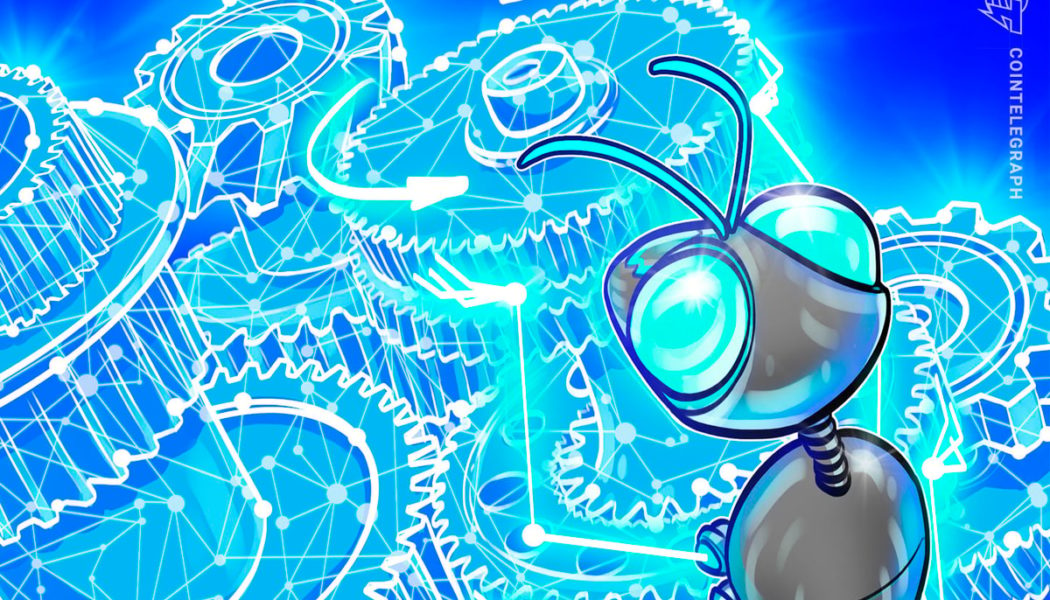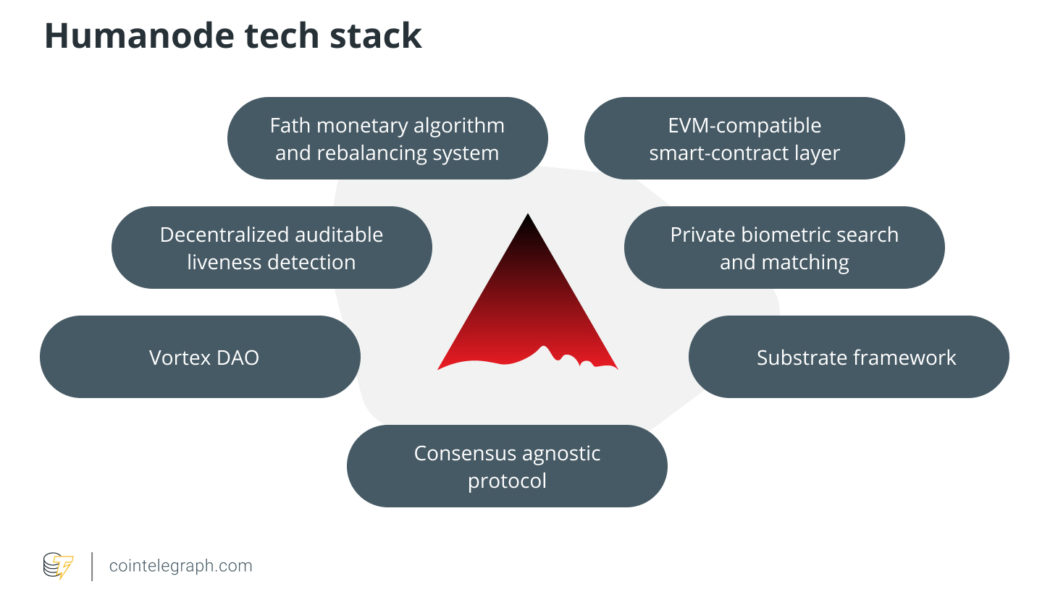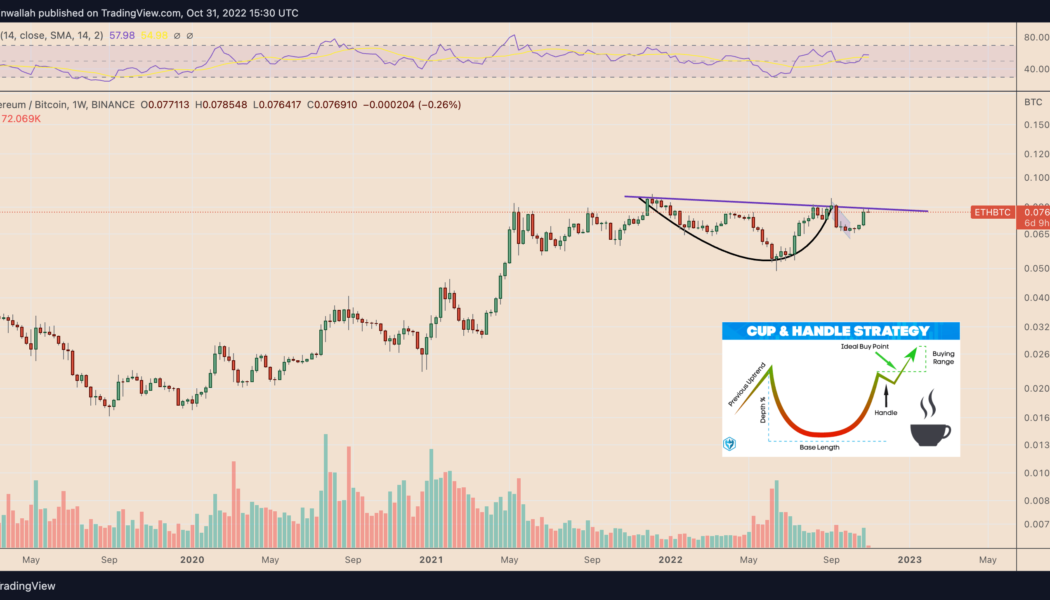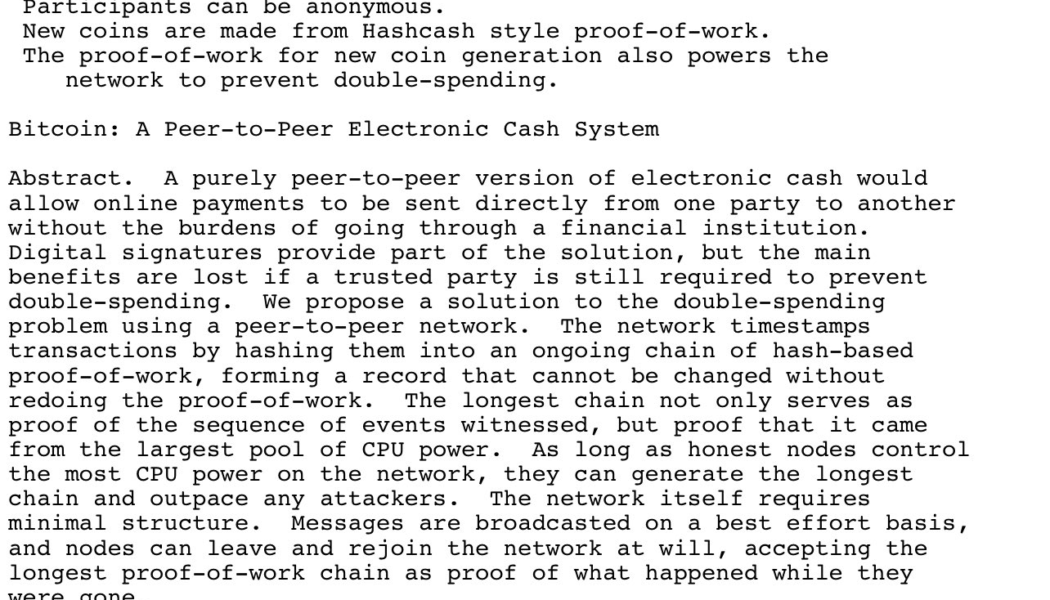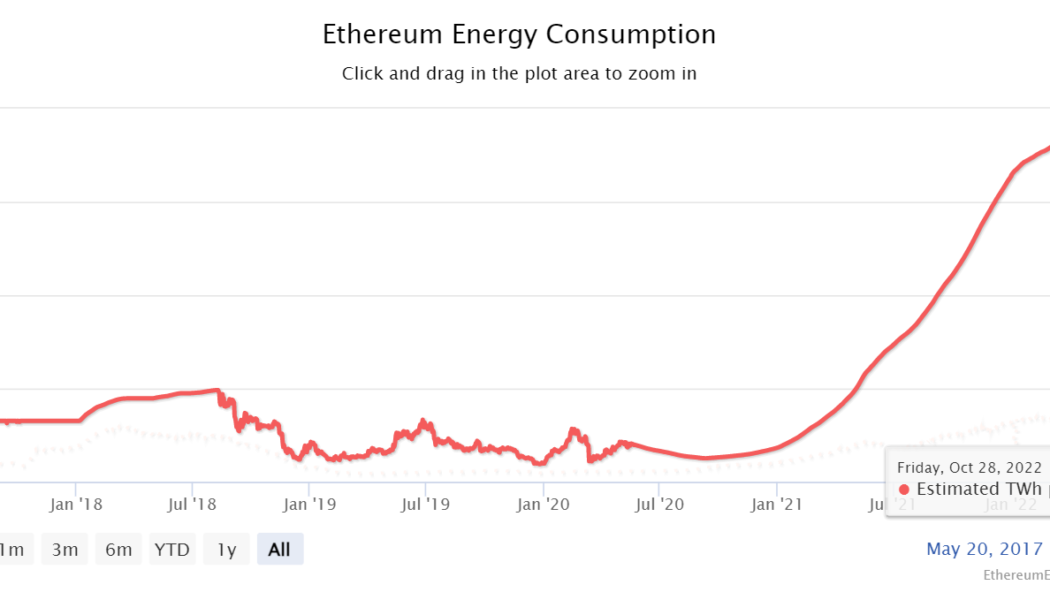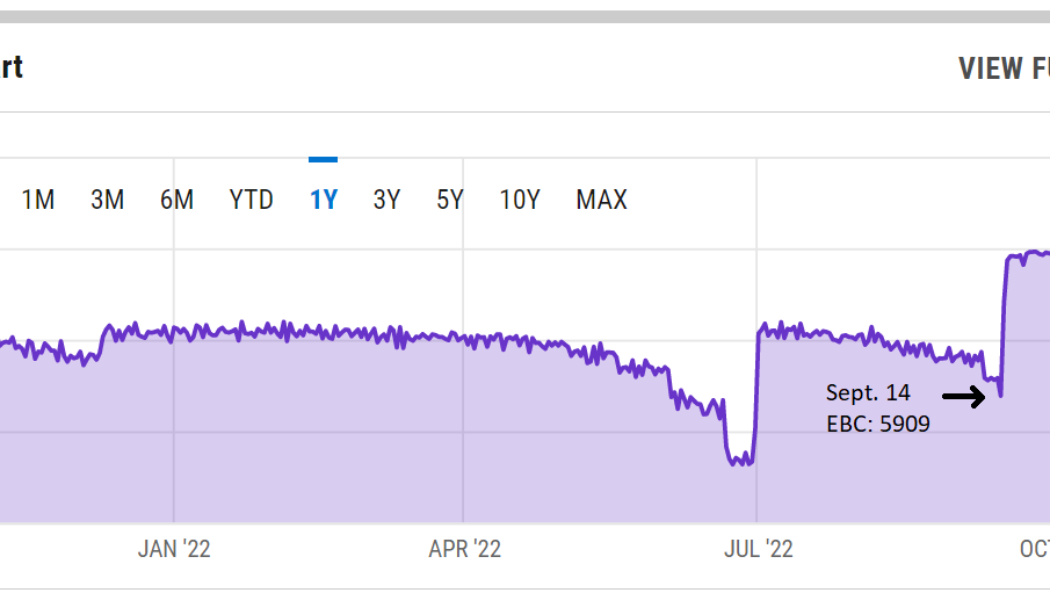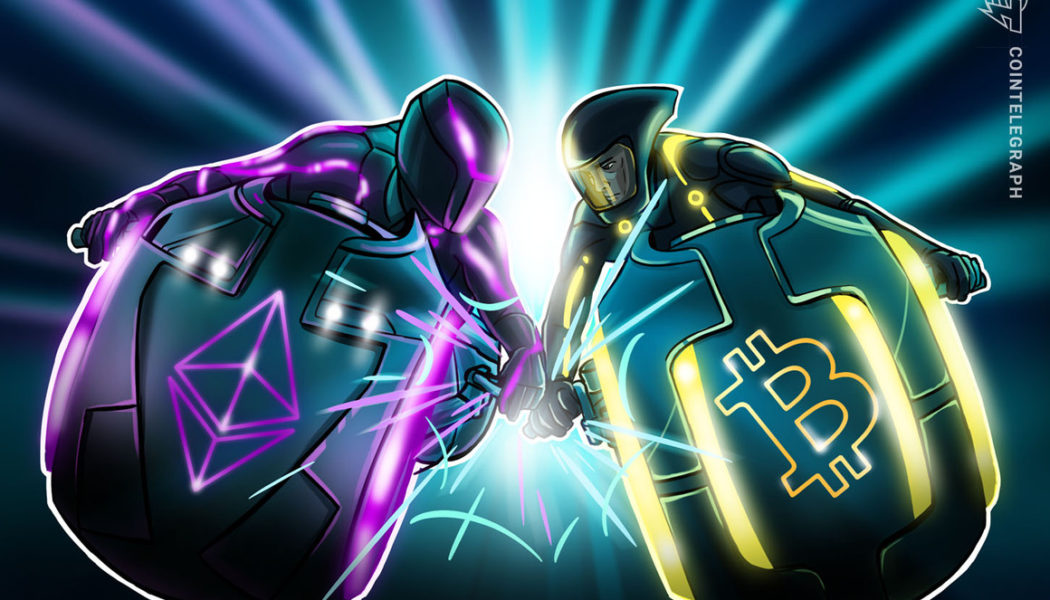proof-of-work
Kadena CEO Stuart Popejoy on blockchain design: proof of work is a feature, not a flaw
When taking its blockchain public, “there was an adjustment period where we had to learn to love crypto,” Kadena founder and CEO Stuart Popejoy said. The admission sounded more like a technical adjustment than a surge of emotion on his lips, but he added, “The people who participate in your ecosystem really are your network and that is obviously not a very enterprise-y thing, that’s very grassroots.” The merits of private blockchains remain a matter of debate, but Kadena transitioned from a private JPMorgan blockchain in 2016 to a public spinoff in 2020, taking Popejoy, formerly a JPMorgan executive, with it. “There was some innovation in private blockchain for a second, and that kind of represents us.” However, “there was this idea that we needed something […] that could serve busin...
What is Humanode human-powered blockchain?
Humanode is a project that gracefully combines different technological stacks including blockchain and biometrics. Humanode tech encompasses a bunch of layers such as a blockchain layer represented by a Substrate module: a biometric authorization module based on cryptographically secure neural networks for the private classification of three-dimensional (3D) templates of users’ faces, a private liveness detection mechanism for identifying real human beings, a Vortex decentralized autonomous organization (DAO) and a monetary algorithm named Fath, where monetary supply reacts to real value growth and emission is proportional. Let’s look at them in more detail. Substrate framework Humanode is a layer-1 blockchain whose architecture lies on the Substrate open-sour...
Ethereum flashes a classic bullish pattern in its Bitcoin pair, hinting at 50% upside
Ethereum’s native token, Ether (ETH), looks poised to log a major price rally versus its top rival, Bitcoin (BTC), in the days leading toward early 2023. Ether has a 61% chance of breaking out versus Bitcoin The bullish cues emerge primarily from a classic technical setup dubbed a “cup-and-handle” pattern. It forms when the price undergoes a U-shaped recovery (cup) followed by a slight downward shift (handle) — all while maintaining a common resistance level (neckline). Traditional analysts perceive the cup and handle as a bullish setup, with veteran Tom Bulkowski noting that the pattern meets its profit target 61% of all time. Theoretically, a cup-and-handle pattern’s profit target is measured by adding the distance between its neckline and lowest point to the neckline level. The Ether-to...
14 years since the Bitcoin white paper: Why it matters
Happy white paper day, Bitcoin. It’s been 14 years since Satoshi Nakamoto first sent an email to the Cypherpunk mailing list with the subject line, “Bitcoin P2P e-cash Paper.” The email included a link to the white paper, an outline of what would soon become a one trillion-dollar market. The first sentence of the email has become iconic among the Bitcoin community: “I’ve been working on a new electronic cash system that’s fully peer-to-peer, with no trusted third party.” Over the past 14 years, Bitcoin (BTC) has morphed from a hobbyist pastime into a globally recognized brand. Bitcoin has been adopted as legal tender in regions of the global south such as El Salvador and the Central African Republic. It is used by freedom fighters and campaigners while being a tool for financial eman...
The Merge brings down Ethereum’s network power consumption by over 99.9%
The Merge, which is considered one of the most significant blockchain upgrades on Ethereum (ETH) to date, brought down the network’s energy consumption by 99.9% immediately. On Sept. 15, the Ethereum blockchain migrated from proof-of-work (PoW) to a proof-of-stake (PoS) consensus mechanism in an effort to transition into a green blockchain. What followed was an immediate and steep drop in total energy consumption of the Ethereum network. The Ethereum Energy Consumption Index. Source: digiconomist.net Before the Merge upgrade, in 2022, the energy consumption of Ethereum ranged between 46.31 terawatt hour (TWh) per year to 93.98 TWh per year. The lowest energy consumption for Ethereum was recorded on Dec. 26, 2019, at 4.75 TWh per year. The estimated annual energy consumption in TWh/yr ...
Ethereum Merge spikes block creation with a faster average block time
The Merge upgrade for Ethereum (ETH), which primarily sought to transition the blockchain into a proof-of-stake (PoS) consensus mechanism, has been revealed to have a positive impact on the creation of new Ethereum blocks. The Merge was considered one of the most significant upgrades for Ethereum. As a result of the hype, numerous misconceptions around cheaper gas fees and faster transactions plagued the crypto ecosystem, which was debunked by Cointelegraph. However, some of the evident improvements experienced by the blockchain post-Merge include a steep increase in daily block creation and a substantial decrease in average block time. Ethereum blocks per day. Source: YCharts On Sept. 15, Ethereum completed The Merge upgrade after successfully transitioning the network to PoS. On the same...
Is post-Merge Ethereum PoS a threat to Bitcoin’s dominance?
While Ethereum (ETH) fans are enthusiastic about the successful Merge, Swan Bitcoin CEO Cory Klippsten believes the upgrade will lead Ethereum into a “slow slide to irrelevance and eventual death.” [embedded content] According to Klippsten, the Ethereum community picked the wrong moment for detaching the protocol from its reliance on energy. As many parts of the world are experiencing severe energy shortages, he believed the environmental narrative is taking the back seat. In an exclusive interview with Cointelegraph, Klippsten said “I think the world is just waking up to reality and Ethereum just went way off into Fantasyland at the exact wrong time.” “It is just really bad timing to roll out that narrative. It just looks stupid.” According to some predictions, institutional capital...
ETHW confirms contract vulnerability exploit, dismisses replay attack claims
Post-Ethereum Merge proof-of-work (PoW) chain ETHW has moved to quell claims that it had suffered an on-chain replay attack over the weekend. Smart contract auditing firm BlockSec flagged what it described as a replay attack that took place on Sept. 16, in which attackers harvested ETHW tokens by replaying the call data of Ethereum’s proof-of-stake (PoS) chain on the forked Ethereum PoW chain. According to BlockSec, the root cause of the exploit was due to the fact that the Omni cross-chain bridge on the ETHW chain used old chainID and was not correctly verifying the correct chainID of the cross-chain message. Ethereum’s Mainnet and test networks use two identifiers for different uses, namely, a network ID and a chain ID (chainID). Peer-to-peer messages between nodes make use of network ID...
Bitcoin better than physical property for commoners, says Michael Saylor
MicroStrategy CEO and Bitcoin (BTC) advocate Michael Saylor doubled down on his support for Bitcoin as he explained the issues related to transferring the value of physical properties such as gold, company stocks or equity and real estate during the Australia Crypto Convention. Speaking about the underlying proof-of-work (PoW) consensus mechanism, Saylor highlighted that Bitcoin is backed by $20 billion worth of proprietary mining hardware and $20 billion worth of energy. He then pointed out that traditional assets such as gold (in high quantity) and land are nearly impossible to carry forward across geographical boundaries, adding: “If you have a property in Africa, no one’s gonna want to rent it from you if they live in London. But if you have a billion dollars of Bitcoin, yo...
Norwegian town wants ‘noisy’ Bitcoin miners out, experts respond
There’s a new Bitcoin (BTC) energy FUD in town: noise. In Sortland, a Norwegian municipality, locals are waging war on Bitcoin miners to thwart further BTC mining developments. Their latest protest against proof-of-work (PoW) mining is that it’s loud. It’s not enough that Bitcoin miners in Sortland use 100% renewable energy sources, create jobs and even use waste heat from the PoW process to dry out timber and seaweed for local businesses; they must do so quietly. Sortland (red) in the extremes of Norway. Source: Google Kjetil Hove Pettersen, CEO at local KryptoVault, explained that it could be another case of media spin aiming at Bitcoin. He explained the situation to Cointelegraph: “It is usually the negative voices that get the most media attention; this does not refle...
Only 10 hours to the Ethereum Merge: Here’s what you need to know
Ethereum’s long-awaited transition from proof-of-work (PoW) to proof-of-stake (PoS) is upon us as the Merge looms in less than 10 hours. There’s plenty to consider for the wider cryptocurrency space — and here’s what you need to know. What is the Merge? The Ethereum blockchain will transition away from its energy-intensive consensus mechanism PoW as its execution layer merges with the new PoS consensus layer known as the Beacon Chain. The Beacon Chain went live in December 2020, allowing ecosystem participants to deposit or “stake” ETH to become the new validators of the network, in doing so replacing PoW miners that had previously put in the work to process transactions, produce blocks and secure the network. In its simplest form, the Merge will make the Ethe...
Downsides of Proof-of-Work and Proof-of-Stake, explained
Proof-of-Work and Proof-of-Stake are arguably the best-known consensus mechanisms — but new ones are continually emerging. PoW blockchains have long dominated the cryptocurrency landscape, with both Bitcoin and Ethereum using this model. This means miners are responsible for securing the network and validating transactions — and they get rewarded with new coins as a result. However, a common criticism surrounding Proof-of-Work relates to how much energy it uses, and the impact such blockchains have on the environment. Miners need to use vast amounts of computing power to solve arbitrary mathematical equations. More advanced hardware has been required as the industry matured, with electricity usage surging too. This has led Proof-of-Stake to be regarded as a mo...
